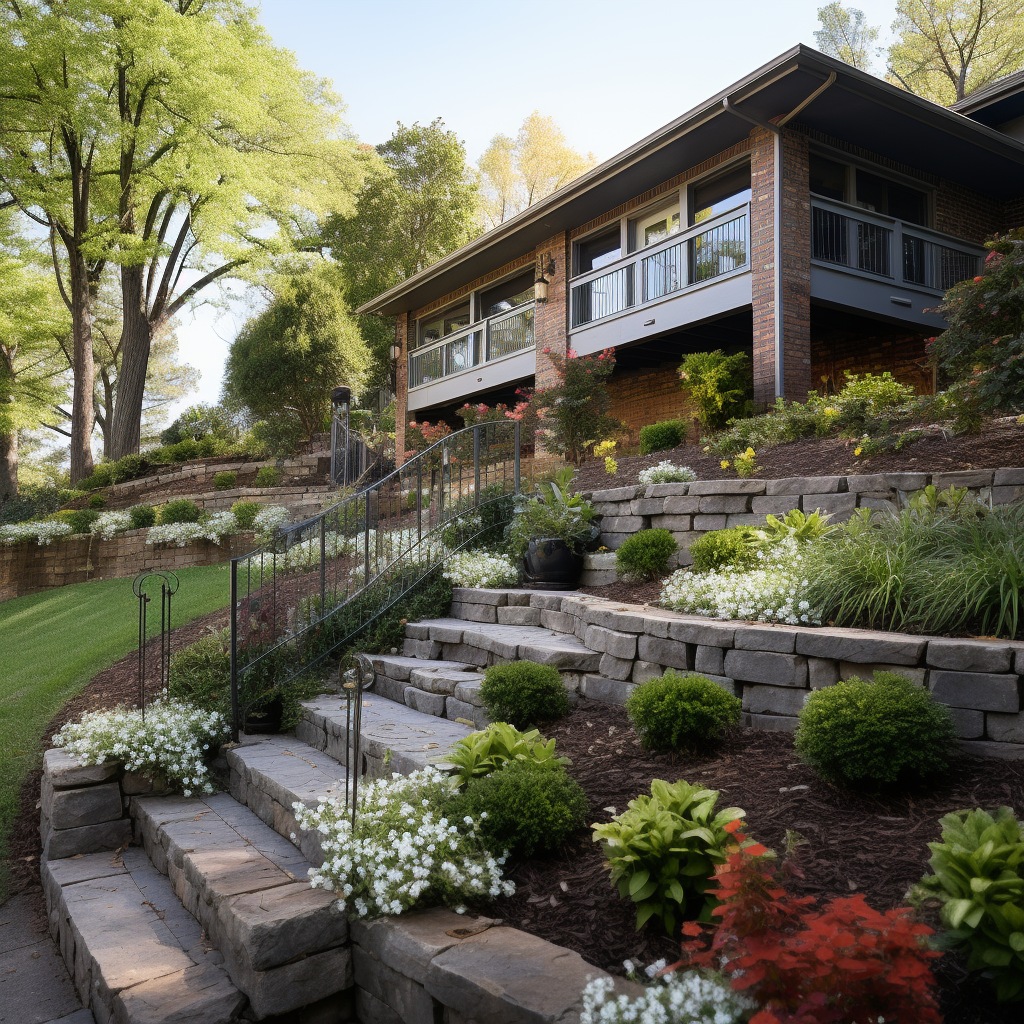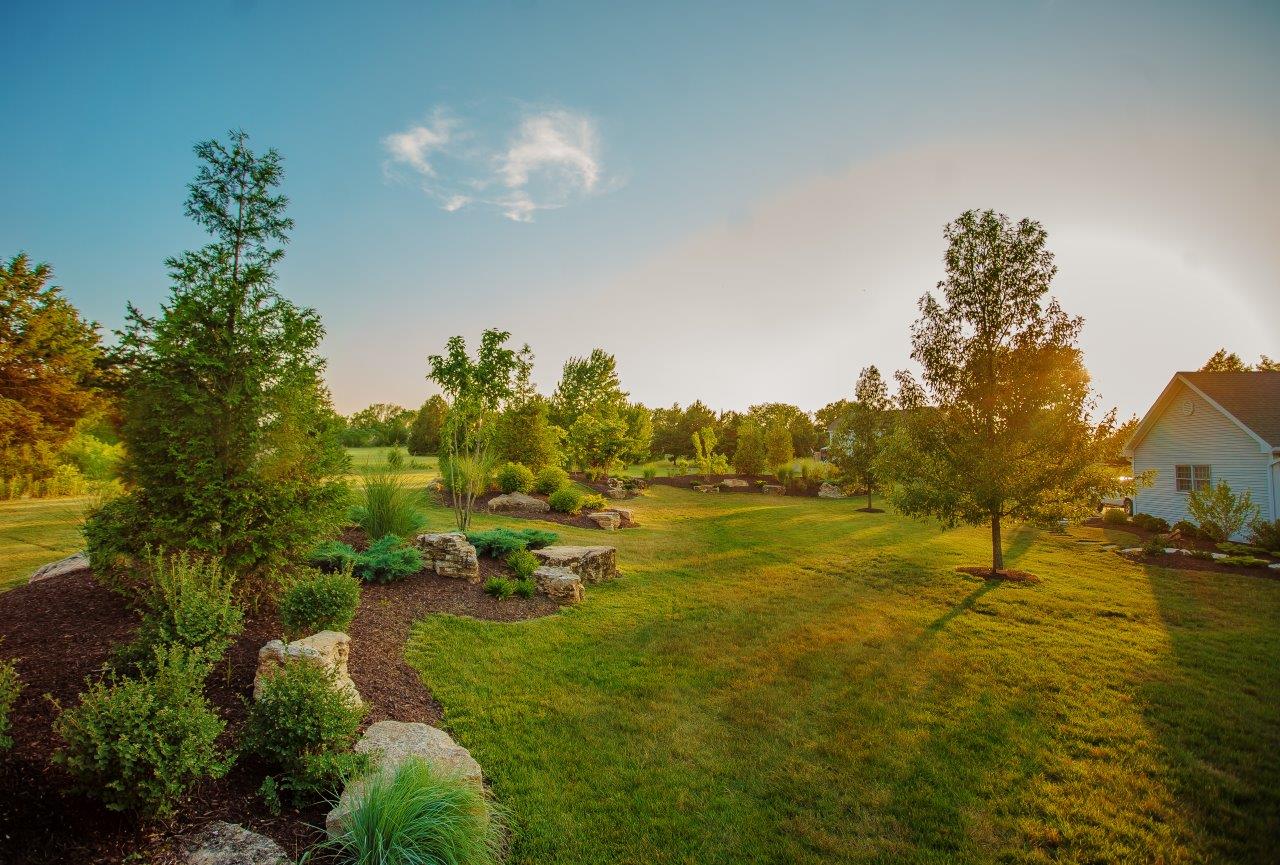How Hilton Head Landscapes can Save You Time, Stress, and Money.
How Hilton Head Landscapes can Save You Time, Stress, and Money.
Blog Article
The 8-Minute Rule for Hilton Head Landscapes
Table of ContentsNot known Details About Hilton Head Landscapes Some Known Facts About Hilton Head Landscapes.Not known Details About Hilton Head Landscapes The Buzz on Hilton Head Landscapes8 Simple Techniques For Hilton Head LandscapesHow Hilton Head Landscapes can Save You Time, Stress, and Money.The Buzz on Hilton Head LandscapesUnknown Facts About Hilton Head Landscapes
Type compatibility is additionally a major component of unity in designone or more strikingly different types are great for comparison and focus, yet usually all other forms ought to have some similarities for a linked appearance. Appearance describes just how crude or great the surface area of the plant or hardscape product really feels and/or looks.
Examples of plants with coarse appearance consist of philodendrons, agaves, bromeliads, hollies, hands, and hydrangeas. Hardscape with rugged structure includes rough-cut stone, rough-finished block, and incomplete timber with knots and an elevated grain. Matured or old building product that preserves a weather-beaten surface area is usually crude in structure. Qualities that produce great texture include small vegetation; slim, strappy leaves (turfs) or tall, slim stems; tiny, dense branches and small branches; long stems (vines); and small, fragile blossoms.
9 Simple Techniques For Hilton Head Landscapes
The majority of plants are moderate appearance, in that they can not be explained as having either crude or fine appearance. Medium-textured plants act as a history to web link and merge the crude- and fine-textured plants.

To make an area really feel smaller, position the coarse textures along the external boundary and the great appearances closest to the viewer. The detail of the coarse structure makes the plants show up closer and makes the area really feel smaller sized. The regarded appearance of plants can also alter with the range from the plant.
Little Known Facts About Hilton Head Landscapes.
Strong colors increase the contrast and make the structure appear coarser, while muted shades can flatten texture. Hardscape with a coarse texturesuch as really rough rocks and vibrant, big timberstends to make all plant material show up extra average textured. Designers usually establish a structure study (Figure 8) theoretically to aid determine the setup of plant materials.
Color in plant product and hardscape includes rate of interest and variety to the landscape. Shade is the most obvious aspect in the landscape and is typically the focus of most property owners; nevertheless, it is likewise the most momentary aspect, generally lasting only a couple of weeks a year for individual plants.
The 8-Minute Rule for Hilton Head Landscapes
A basic description of the color wheel includes the 3 primary colors of red, blue, and yellow; the 3 second colors (a mix of 2 primaries) of eco-friendly, orange, and violet; and 6 tertiary colors (a mix of one surrounding key and secondary color), such as red-orange. Color concept discusses the connection of colors to every various other and just how they should be used in a composition.

Similar (in some cases called unified) color design are any 3 to 5 colors that are nearby on the shade wheel, such as red, red-orange, orange, yellow-orange, and yellow, or blue, blue-violet, and violet (Landscaping bluffton sc). The shades belong to each other because they usually consist of two primaries mixed to develop a second and 2 tertiary shades, which means they share common properties
They have a tendency to have high comparison in between them. The most typical collections are violet and yellow, red and green, and blue and orange. Complementary colors are typically discovered naturally in flowers; a common pair is yellow and violet. Color is discovered in the flowers, foliage, bark, and fruit of plants.
The Definitive Guide for Hilton Head Landscapes
Green vegetation in all its various tones is the dominant shade by amount, however other shades record interest quicker due to the fact that of their high contrast to the shade environment-friendly. Color is also discovered in buildings, rocks, pavers, timber, and furnishings. A lot of colors in natural products, such as rock and wood, are normally muted and often tend to be variations of brownish, tan, and pale yellow.
Colors have homes that can influence feelings, spatial understanding, light high quality, equilibrium, and focus. Awesome colors tend to be soothing and ought to be utilized in areas for leisure and tranquility.
The Best Strategy To Use For Hilton Head Landscapes
Trendy colors tend to decline and are perceived as being further away, making an area really feel larger. Shade can also be made use of to catch focus and direct sights.
Bright yellow, which has the greatest strength, also has a high contrast with all other shades (frequently explained as a "pop" of shade) and ought to be utilized moderately. A percentage of extreme shade has as much visual weight as a big quantity of a more controlled or weaker shade.
Analogous (occasionally called unified) color design are any 3 to 5 shades that are adjacent on the shade wheel, such as red, red-orange, orange, yellow-orange, and yellow, or blue, blue-violet, and violet. The colors belong per various other because they generally include two key shades mixed to create an additional and 2 tertiary shades, which means they share usual residential or commercial properties.
Getting My Hilton Head Landscapes To Work
They often tend to have high comparison in between them. The most common collections are violet and yellow, red and eco-friendly, and blue and orange. Corresponding colors are typically discovered naturally in blossoms; a typical pair is yellow my website and violet. Shade is discovered in the flowers, foliage, bark, and fruit of plants.
Eco-friendly foliage in all its different shades is the leading shade by amount, however other colors record attention more readily as a result of their high comparison to the color green - bluffton landscaping - https://www.gaiaonline.com/profiles/h1tnhdlndscps/46738857/. Color is also found in structures, rocks, pavers, timber, and furnishings. The majority of shades in all-natural products, such as stone and timber, are usually soft and often tend to be variations of brownish, tan, and light yellow
Hilton Head Landscapes Fundamentals Explained
Color is a vital element for producing rate of interest and selection in the landscape. Colors have buildings that can affect emotions, spatial assumption, light quality, balance, and emphasis. One property of color is described about temperaturecolors seem amazing or warm and can influence feelings or sensations. Awesome colors have a tendency to be soothing and must be used in areas for leisure and tranquility.
The "temperature" of colors can likewise influence the assumption of range. Awesome colors have a tendency to recede and are perceived as being further away, making an area feel larger. Warm colors have a tendency to advancement and are perceived as being closer, making a space feel smaller sized. Shade can also be used to capture interest and straight views.
Brilliant yellow, which has the greatest intensity, additionally has a high comparison with all other shades (usually explained as a "pop" of color) and need to be utilized sparingly. A percentage of extreme color has as much aesthetic weight as a big quantity of a much more controlled or weak shade.
Report this page